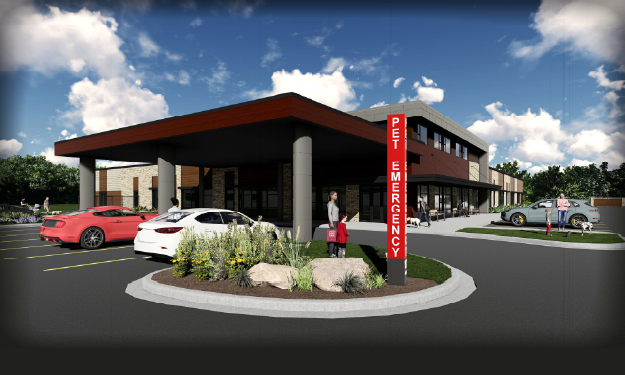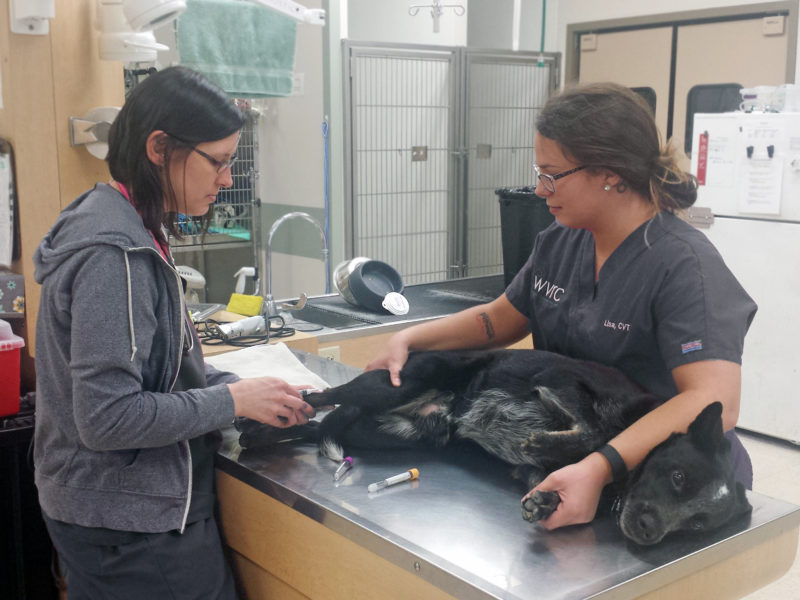Providing compassionate, specialty care to pets in Grafton and surrounding areas
Established in 2008, WVRC Grafton is a 24-hour veterinary emergency/Critical Care hospital and a member of the Ethos Veterinary Health network. Our Grafton location offers 24-hour emergency and Critical veterinary care. We understand that your pet is a part of your family and we strive to treat you and your pet with the utmost empathy and respect for your relationship and bond.
Please take a moment to fill out and submit this client registration form in advance of your upcoming appointment. Thank you.
Client Registration FormAccess your pet’s records, make appointments, view your pet’s medical record, vaccinations, prescriptions, medications, and more. Set up your pet’s account today!
Log inFor Veterinarians: Submit referrals and stay up to date with timely communications throughout the patient’s treatment.
Submit a referralOur medical team is equipped with advanced diagnostic and therapeutic tools, but it is the training and human interaction of our team with your pet that makes all the difference.
Our TeamThere is so much more to WVRC. We hope you’ll contact us for more information about employment opportunities.
Apply todayLatest Posts
View All-

Atypical Respiratory Syndrome in Dogs – A Comprehensive Guide
December 1, 2023Learn about the recent outbreak of atypical respiratory syndrome in dogs.
Read Article -

WVRC – Waukesha Is Moving to a New Building in Late 2024
September 26, 2023Ethos Veterinary Health and the WVRC - Waukesha team are excited to announce that we will be moving to a new building, 0.3 miles up the road, in late 2024/early 2025.
Read Article -

The Dangers of Outdoor Cats
August 10, 2023Allowing your cat to roam freely outside comes with risks, both for themselves and for the environment.
Read Article

Highlights of Diagnostic and Therapeutic Options Please contact us if you are seeking a service or treatment not listed here.
Critical Emergency Care
Digital Radiography
Ultrasound: Abdomen, Cardiac, Thoracic, Musculoskeletal
Video Scoping: Endoscopy
Transfusion Medicine
Urgent Veterinary Care